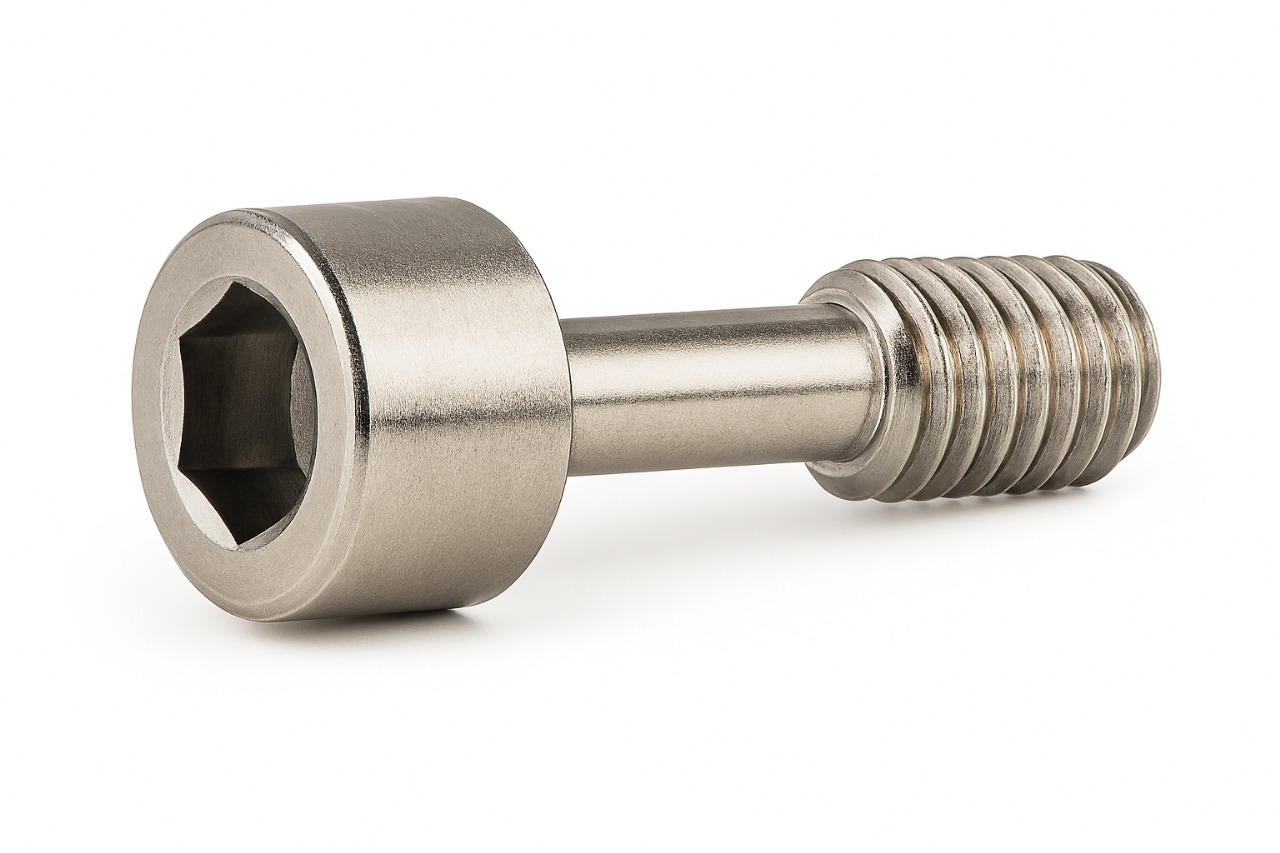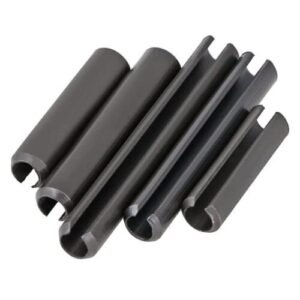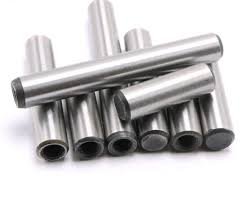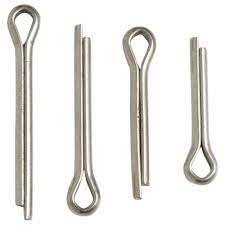Description
Captive screws basically are specially designed to lock into position in a hole, enabling easy setting up and removing of the attached pieces even without the complete removal of the screw.
A conventional screw typically passes through a clearance hole in one part and then screws into a threaded hole in a second part — so the first part is clamped to the second.
However, when the fastener is unscrewed from the threaded hole in the second component, it can easily separate from the first one.
A captive screw is designed to prevent this from occurring. It can freely rotate within the first component, with some axial movement, but it’s unable to separate from it.
USES : Captive screws are used when fasteners must remain attached to equipment, such as in cover panels. They are a requirement for several machinery safety standards.
They provide a secure joining, and avoid fastener loss or damage that might be caused by a loose part.
Captive screws come with Philips, Allen head or standard heads that are designed for usage with drill equipment and ordinary screwdrivers.
Applications of Captive Screws
Captive screw Allen cap screws are used across a wide range of industries and applications, particularly where disassembly and reassembly are frequent, and where safety or regulation requires that screws cannot be lost or misplaced.
-
Electronics and server racks: Used to fasten panels or components that require frequent servicing while ensuring that no fasteners fall into sensitive electronics.
-
Medical devices: Ensure screws do not detach during maintenance or procedures, reducing risk in sterile environments.
-
Military and aerospace equipment: Essential in high-vibration or mission-critical environments where losing a screw could cause equipment failure.
-
Industrial enclosures and control panels: Allow for easy maintenance without the risk of losing hardware into machinery.
Captive screws can be found in several configurations and sizes much like the conventional screws premeditated to be utilized for large number of applications.






Reviews
There are no reviews yet.